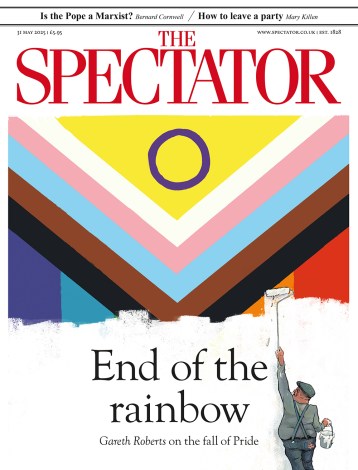‘What does SIM mean?’ asked my husband, looking up like a sulky sunset from a mobile-phone instruction booklet.
Well, I knew what it was, but not what the acronym stood for. This independence of word and significand allows the tiresome multiplication of new labels for new technological gadgets, but it also teaches old words to learn new tricks. The Queen Mary 2 still sails saillessly.
And though I hate train station instead of railway station, at least the train part was used in the 15th century for the trailing part of a dress (as now), and in a bundle of connected senses of things pulled, extending to the retinue of a magnate. The oldest sense (from the 14th century, now obsolete) means ‘delay’ — a familiar concomitant of the mechanised transport.
As for station, it was happily used in the 15th century for things in which we have lost interest — the apparent standing still of a planet at its apogee or perigee, for example. Who, apart from specialists, now knows one planet from another, or cares to predict the apogee of any of them? We live in an age of new ignorance.
At the same period, station, insulated by the distance of sense, also signified the place where seasonal worship was made. I am old enough to remember as a little girl being puzzled by the rubric next to a feastday in the missal stipulating: ‘Station, St Mary Major’. I’m not quite familiar with the historical development of this practice of celebrating different feasts at different churches in Rome, but I know it was a very ancient habit of the Church. I wonder if there is an ecclesiastical station at St Pancras. (We celebrated the day of this martyr from ad 304 last Thursday, if you remember; the first church dedicated to him in England was built by Augustine of Canterbury.






Comments
Join the debate for just $5 for 3 months
Be part of the conversation with other Spectator readers by getting your first three months for $5.
UNLOCK ACCESS Just $5 for 3 monthsAlready a subscriber? Log in